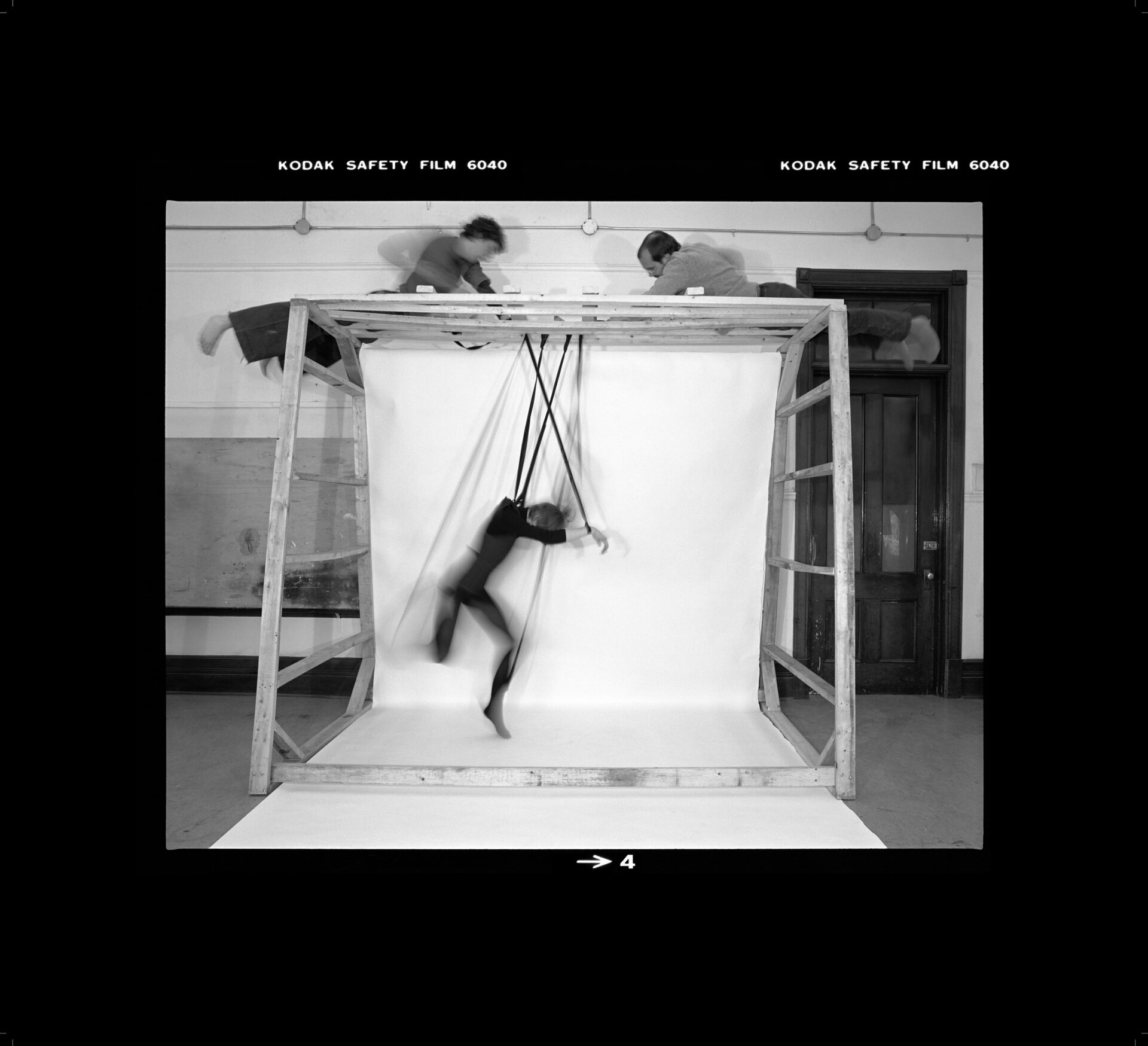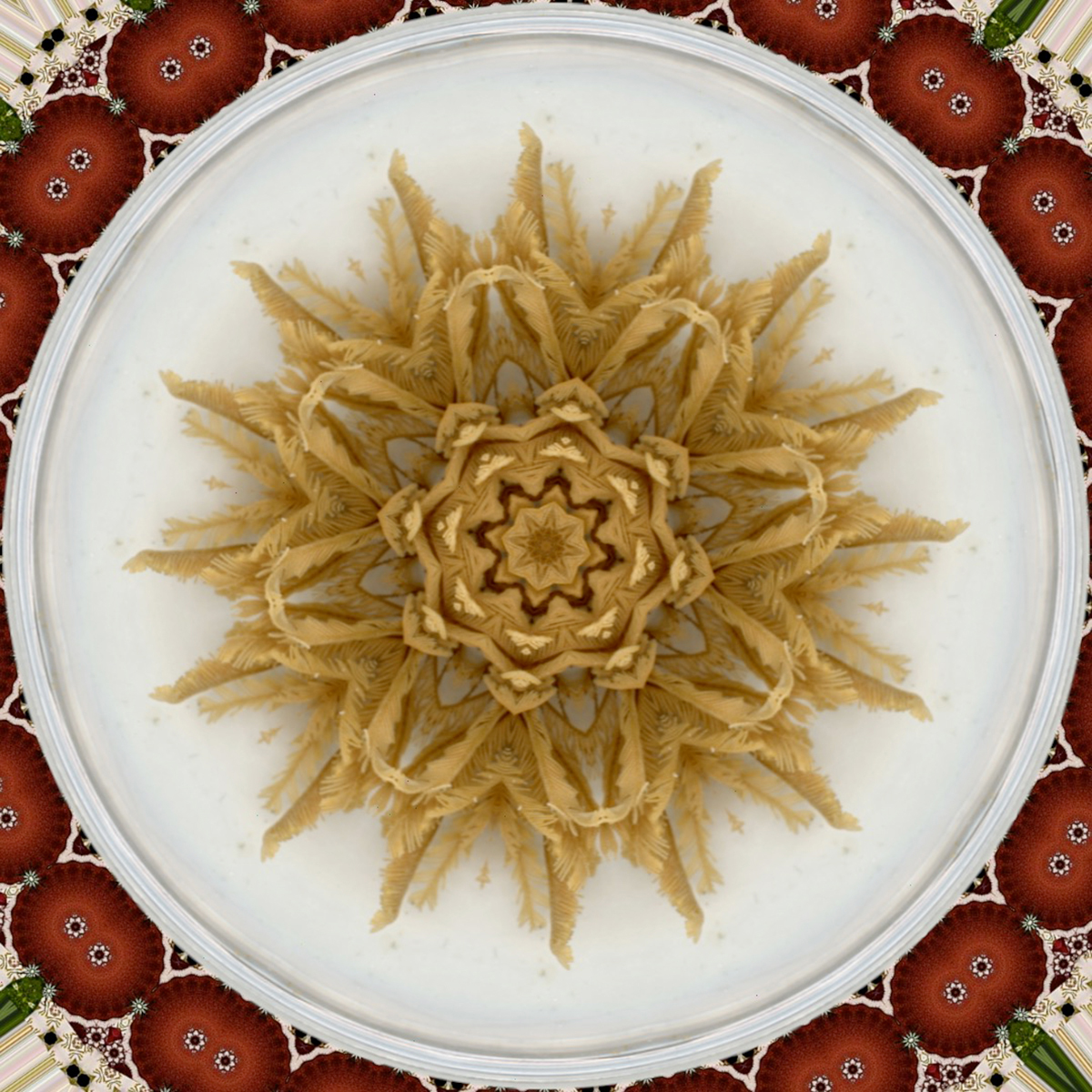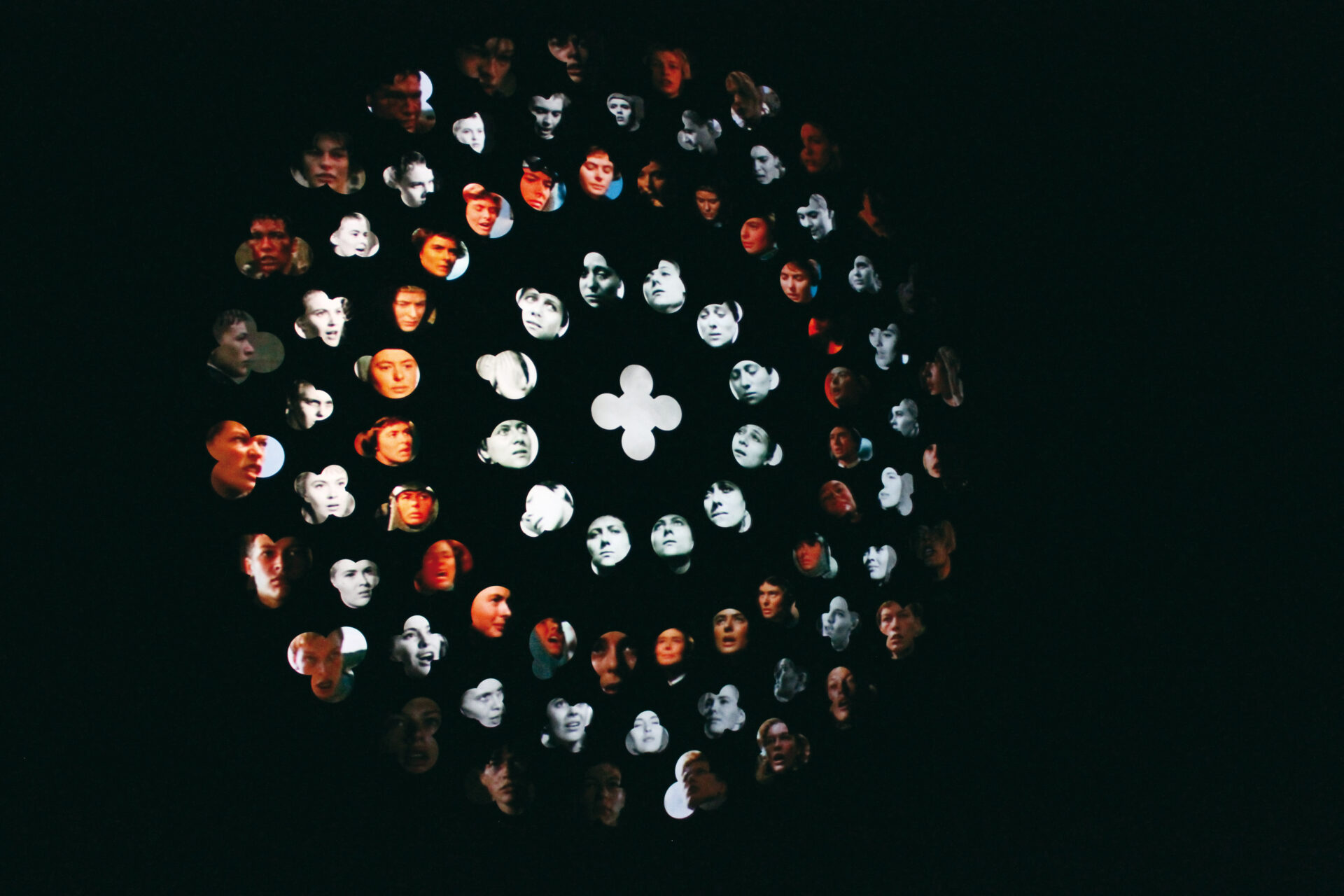Suzy Lake, Performance of Protest
November 19, 2019–January 18, 2020

Photo : courtesy of the artist & Arsenal Contemporary, New York
[En anglais] There is an adage, coined by the éminence grise Richard Schechner, that the phenomenon widely described as performance is in fact a restored behaviour, or “twice-behaved behaviour.” Suggesting that no single act is ever devoid of predecessors, that we are in fact engaged in a continuously reiterative process, this conceptual framework helps us rethink the past, present, and future contours of our very existence. Performance is what we have been already, a series of invisible forces driving towards what one might describe as a habitus—a set of socially recognizable codes shared amongst a population.
In Performance of Protest, the seminal Canadian-American photographer, performer, and video artist Suzy Lake presents her first solo exhibition in New York City. Organized by the Arsenal Contemporary Art, in the heart of SoHo’s rotating commercial landscape of trendy boutiques, cafés, and restaurants, the exhibition selectively reframes some of the artist’s most iconic works from the 1970s. Nostalgic in its aestheticization of analogue technologies and the archive, yet highly relevant in its critical deconstruction of subjectivity, sexuality, and gender vis-à-vis lens-based media, images of the artist in her various identities continue to resonate. Captured performing variously staged forms of protest—then and now, again and again—the show acts as an ode to past rebellions, a commentary on contemporary modes of digital representation, and an inquiry about the future of dissent in a frightfully fraught socio-political climate.
Créez-vous un compte gratuit ou connectez-vous pour lire la rubrique complète !
Mon Compte


